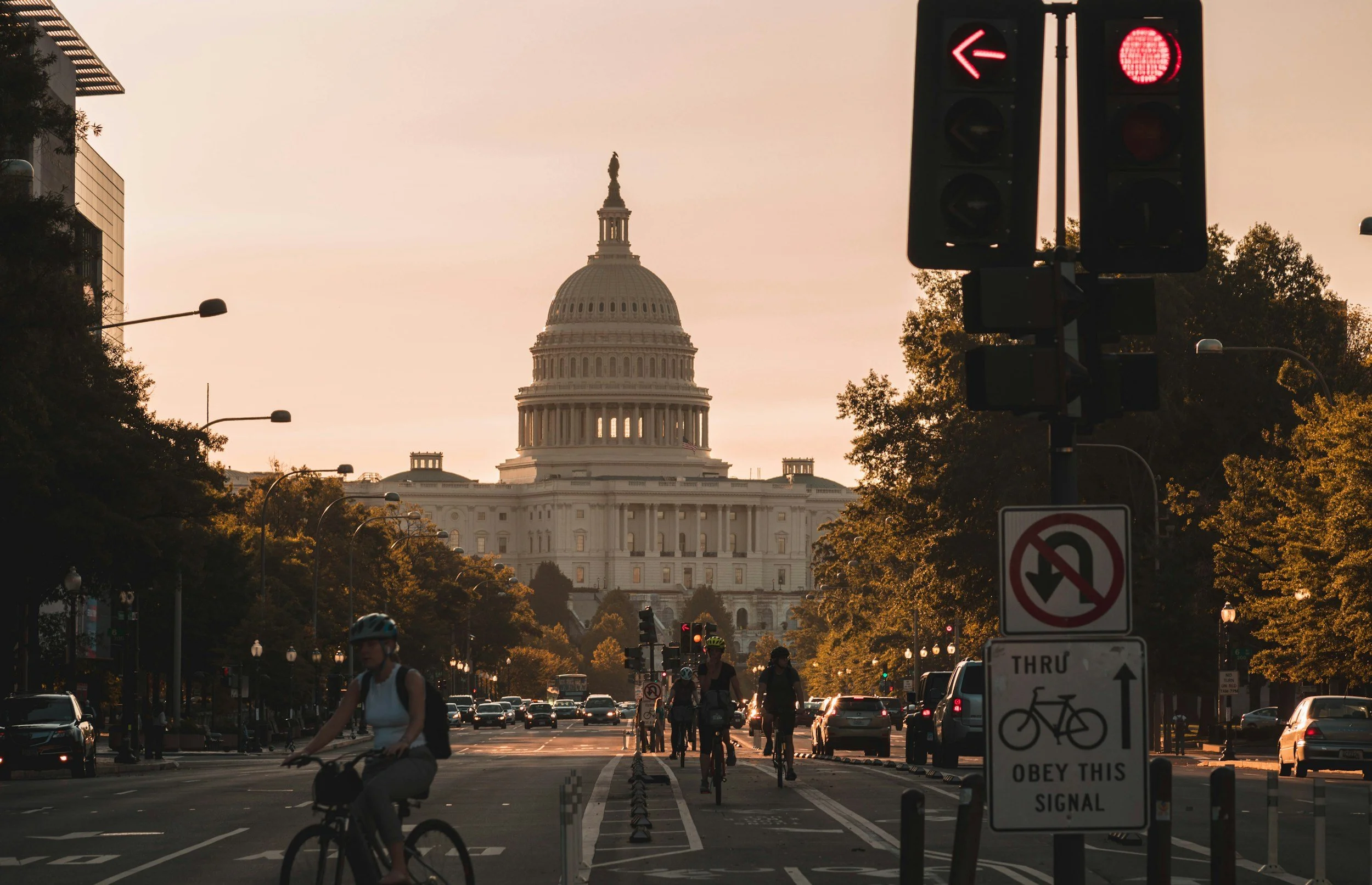Every mashup possible: music can be automated
Imagine an autonomous system capable of traversing the entirety of music theory—mapping its scales, rhythms, and harmonies—while creating fully realized songs. Borrowing inspiration from Stuxnet, the cyber-weapon famed for its ability to solve complex problems autonomously, such a system could revolutionize how we think about music.
At its core, music is a universe of patterns. It’s governed by explicit rules like tonal systems and chord progressions, yet it thrives on the subtle nuances that make genres distinct and evocative. A "musical Stuxnet" could use deep learning to understand these rules, generative models like GANs to synthesize new compositions, and reinforcement learning to autonomously explore the unexplored corners of musical potential. It wouldn’t just generate melodies or harmonies; it could produce fully mastered tracks, spanning every genre and blending styles in ways we’ve never imagined.
But its potential goes even further—especially in the realm of mashups. Music in clubs thrives on energy and innovation, often powered by DJs who blend tracks to create unforgettable moments. A "musical Stuxnet" could analyze the BPMs (beats per minute) of every song ever published, finding perfect alignments between rhythms, keys, and genres. It could algorithmically create every possible mashup, from seamless pop crossovers to the most unexpected experimental blends. This would push the boundaries of club music, transforming how DJs curate their sets and how audiences experience live music.
Such a system could adapt to cultural contexts, innovate new structures, and even identify gaps in music that human creators haven’t yet explored. In essence, it would act as a tireless, boundary-pushing composer, continually uncovering music’s latent possibilities.
However, this vision raises profound questions. Can true originality emerge from an algorithm trained on existing works? How would it navigate the cultural depth and emotional resonance that make music so human? Most importantly, what role would human musicians and DJs play in a world where infinite, autonomous music is possible? Perhaps this technology wouldn’t replace creators but amplify their reach, providing a collaborative partner that unlocks creativity in new ways.
A "musical Stuxnet" isn’t just a thought experiment—it’s a glimpse into how technology could expand the boundaries of art itself. As AI reshapes creativity, we find ourselves at the threshold of a new harmony between human intuition and machine ingenuity.



